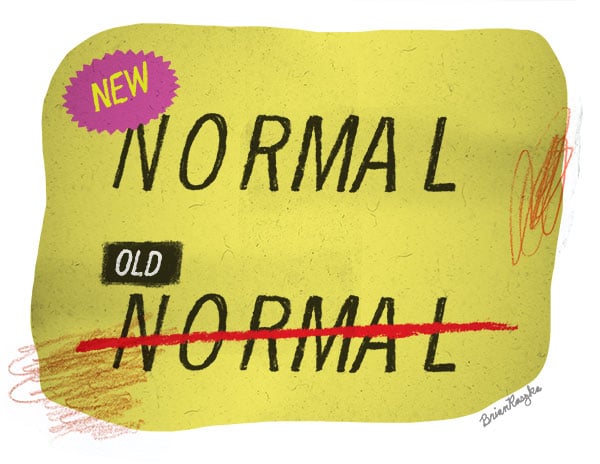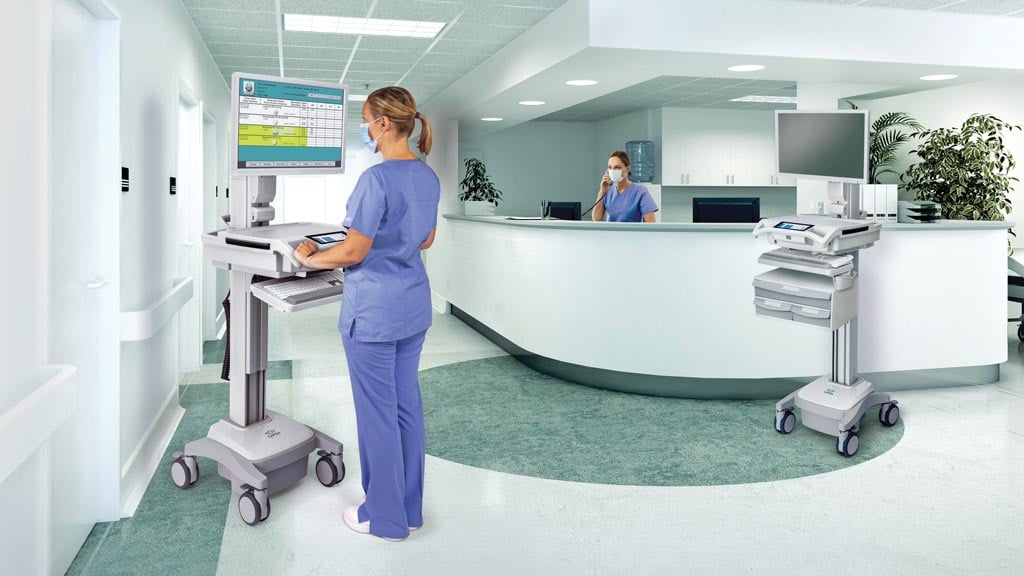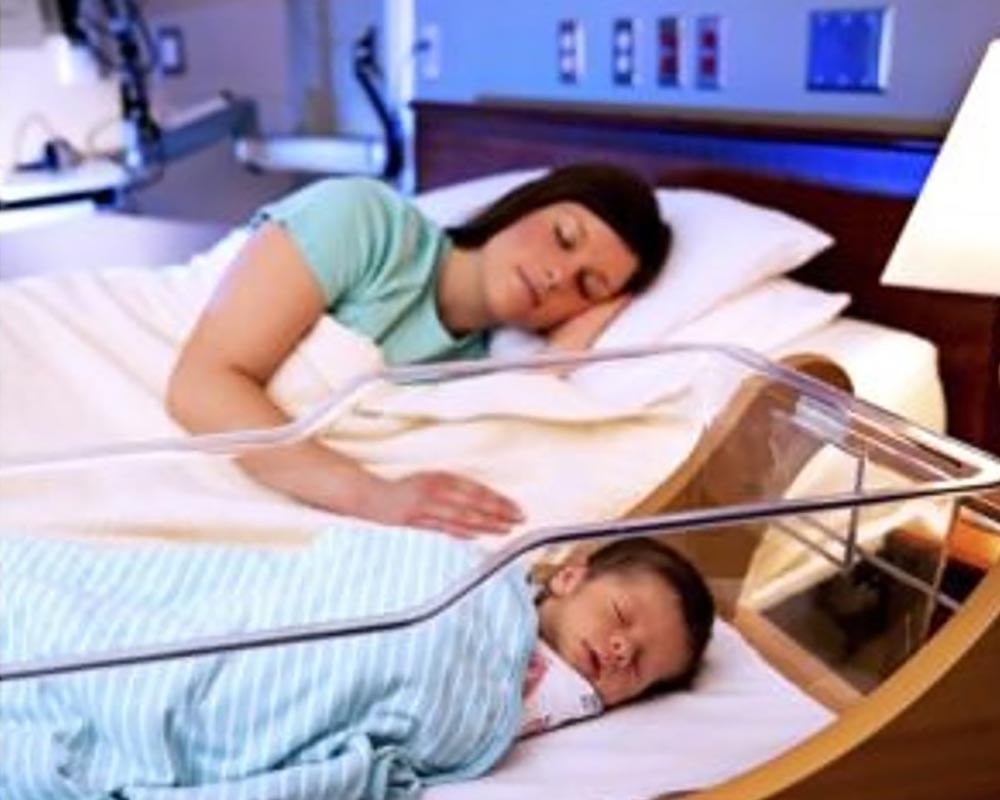
While it may now be par for the course, the idea of implementing “Active Shooter” drills is almost unimaginable. And until that conversation, I was unaware that Nurse Managers were starting to do “Shooter” training in a hospital setting. Since that talk, I have had numerous conversations with hospital Security Directors and Bio-Med staff who have indicated that this type of training is becoming part of the necessary awareness training to work in a healthcare setting.
To gather more information as it relates to staff duress, a search on the Joint Commissions website regarding hospital violence resulted in the following information:
“Injury and illness statistics have shown that health care workers are among those most susceptible to workplace violence.”
“. . . health care workers experience some of the highest rates of nonfatal occupational illness and injury—exceeding even construction and manufacturing industries.”
In trying to understand the changing environment, I investigated the “Active Shooter Training” video by Homeland Security on YouTube. To say I was shocked would be a huge understatement! As much as I want to deny this exists, the nightly news (and a plethora of statistics) indicate that these types of incidents are increasing. And making the statement, “It can’t happen here!” does nothing to prepare us for this possible reality.
Has there been an effort or willingness to discuss a subject that unfortunately may be part of the new normal in the American workplace? Reluctantly, many agree with the Nurse Manager in Ohio, “We live in a different society.” Duress used to come in the form of someone getting “chewed out” by an unhappy patient or family member. Fortunately now there are things we can do to prepare and protect patients and staff members against these newer, much more serious realities.
Many hospitals are discussing and implementing real time location systems (RTLS) to monitor the positions and conditions of matters critical to the ongoing operation of the hospital. Chief among them is hospital staff. It occurred to me as I watched the training video’s various scenarios, the RTLS systems IMS offers not only allow a staff member a way to call for help, but also place them in a position to provide warning for others, potentially saving lives.
RTLS has been discussed at length for cost savings related to asset tracking and monitoring the temperature of expensive medicines. But why not add Staff Duress as a use case on your RTLS infrastructure. Let’s talk about what this could look like for your facility. “In the hospital, we make it all work together.”



